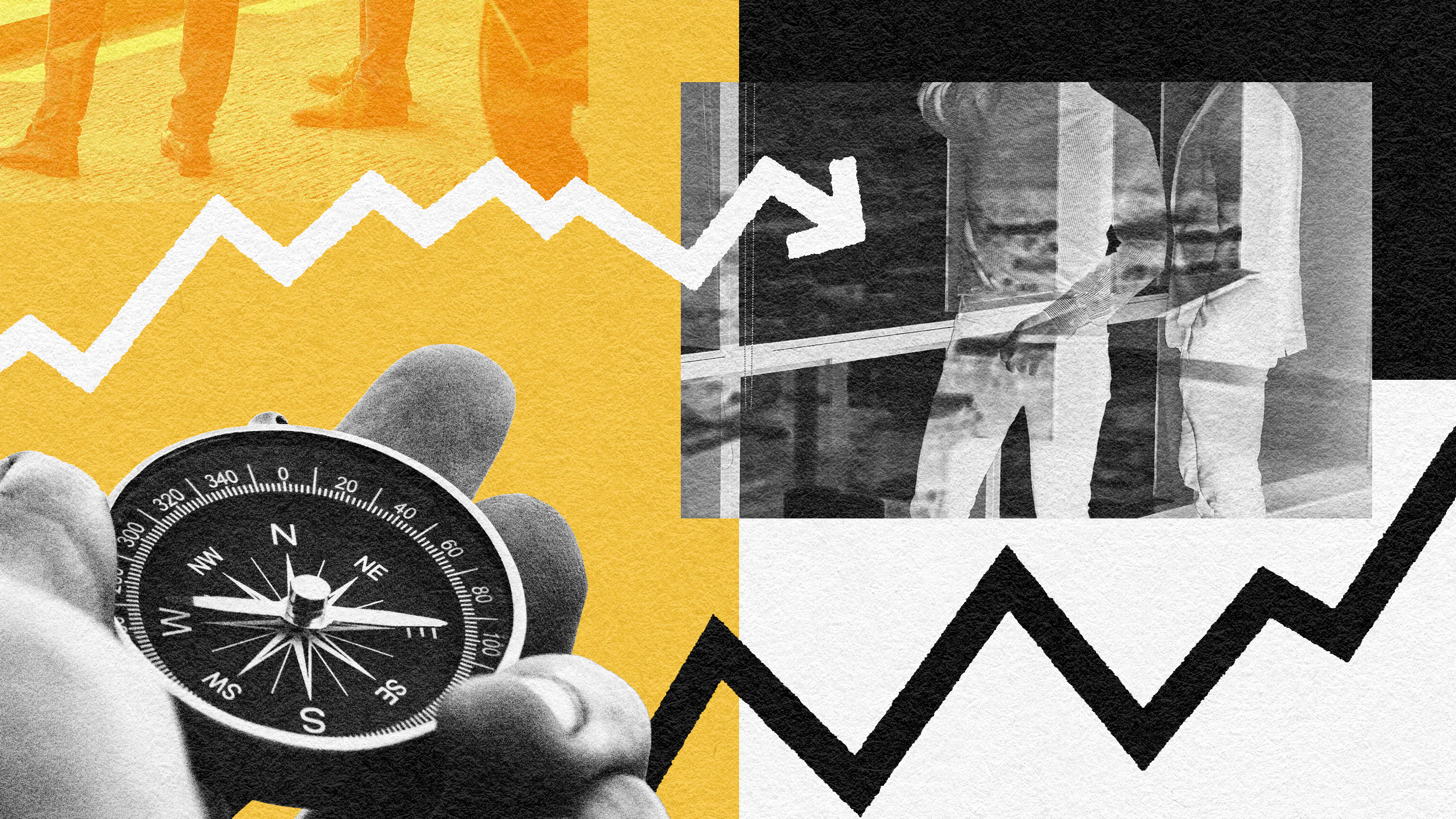G-20 Series: Economic Prescriptions From The Minister Who Rescued Japan From The Lost Decade

Big Think recently approached top economic thinkers from around the world for policy recommendations that could catalyze the needed structural changes to push the global economy out of recession. Included here are ideas from Dr. Heizo Takenaka, the economic scholar and former Japanese minister, many credit with the policies that lifted Japan out of its “lost decade.”
The inspiration for a series on global economic policy solutions came from Dr. Takenaka, who in 2002, acting as Japan’s economics minister, successfully tackled Japan’s banking crisis with his Plan For Financial Review, or, as it is widely known, the Takenaka Plan. As explained in a New York Times article from February, “The Japanese crisis of the 1990s and early 2000s had roots similar to the American crisis: a real estate bubble that collapsed, leaving banks holding trillions of yen in loans that were virtually worthless.”
But, as Edward Lincoln wrote in Newsweek recently, “Like many Americans today, the Japanese didn’t particularly want to nationalize their banks. Deregulation had been a strong political theme in Japan since the 1980s. Indeed, during the troubles of the 1990s, the political push for deregulation actually increased, as many recognized that long-term recovery required a more market-oriented economy.”
Finally, in 2002, the government of Japan ordered an audit of the banks based on the ideas of Takenaka, who at the time headed the government’s financial reform efforts. “The move finally brought the full extent of bad loans to light,” according to the Times. “It took three more years to finally get the majority of bad loans off the banks’ books. Resona Bank, which was found to have insufficient capital, was effectively nationalized. From 1992 to 2005, Japanese banks wrote off about 96 trillion yen, or about 19 percent of the country’s annual G.D.P. But Mr. Takenaka’s toughness restored faith in the banks.”
Big Think contacted Dr. Takenaka to get his thoughts on Japan’s standing in the current crisis and how governments could use the lessons of the Japanese economy to salvage crumbling economies worldwide. You can watch his video here. And an excerpt of his recommendations are below. Takenaka is very clear that in order for the European and American economies not to repeat the mistakes of Japan, there must be a heavy and immediate capital infusion into banks–and likely, temporary nationalization as well.
“It is required for the Japanese government to have much more active fiscal stimulus policy. At the same time we have to consider so-called activism of the government. We are now in a very serious confidence crisis. In this regard, government activism is needed. A symbol of this so-called activism is in a sense, the capital injection to financial sectors. In the case of Japan, very fortunately, relatively speaking, balance sheet of financial sectors are sound, so we do not need this kind of capital injection at this moment. However, we have to be very careful or wait on the assessment of the asset of banks. In the case of the United States and some European countries, governments are ready to have capital injection to get to the banks.”





